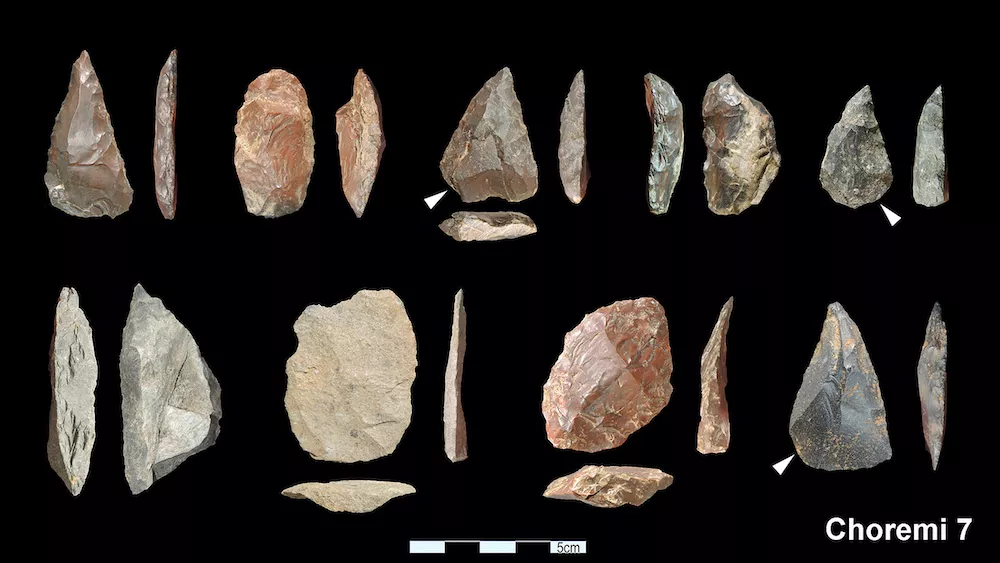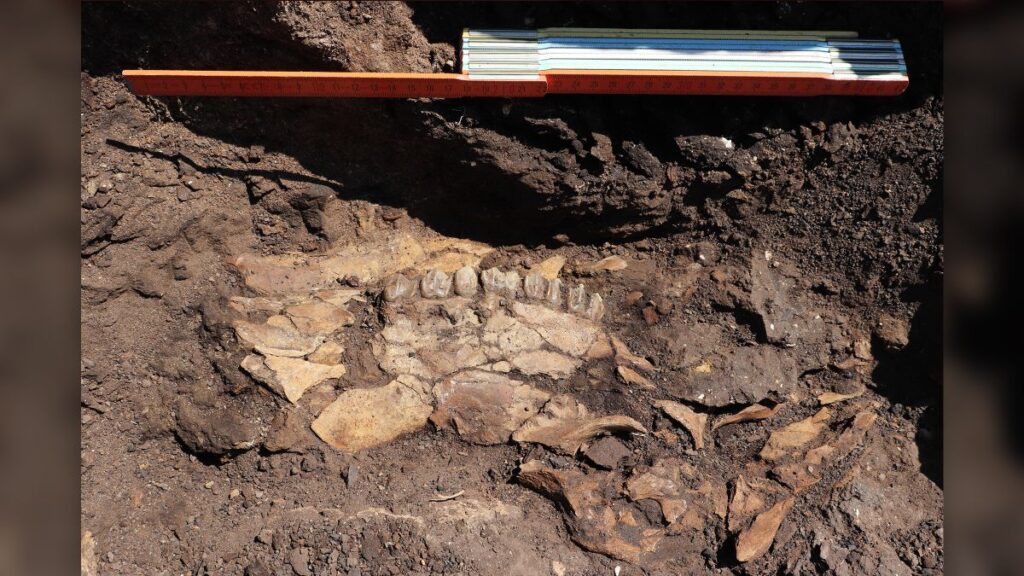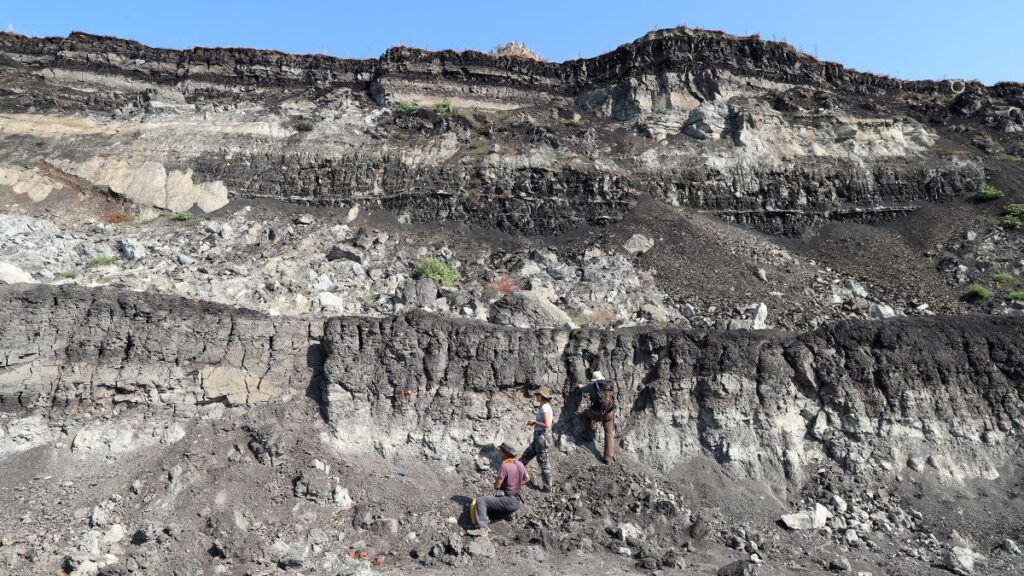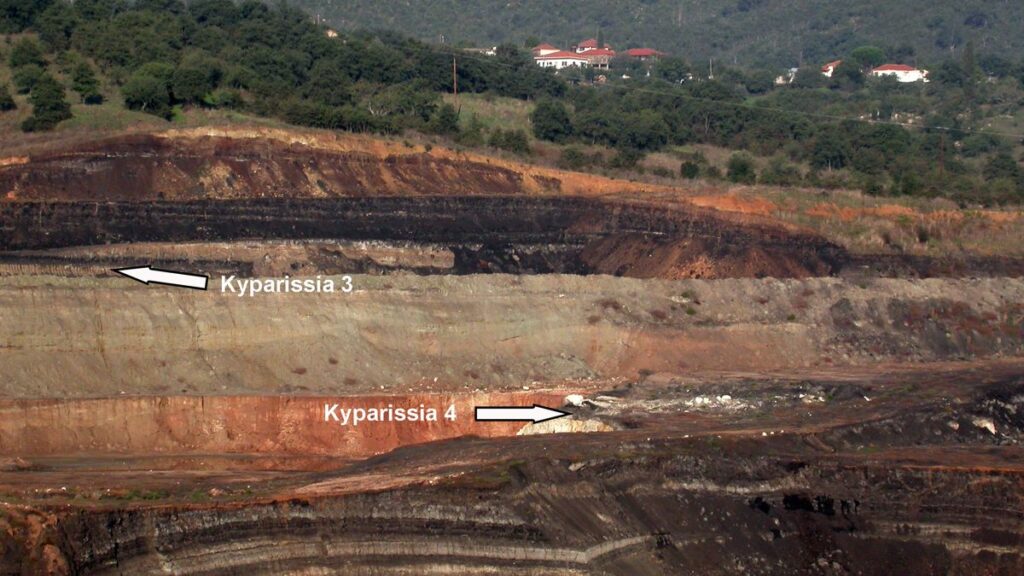Oldest evidence of humans in Greece is 700,000 years old, a quarter of a million years older than previous record

Several prehistoric sites in Greece reveal that our human ancestors hunted hippos and elephants between 280,000 and 700,000 years ago. The oldest site pushes back the earliest known hominin presence in the region by up to 250,000 years.
It’s not clear which ancient hominin (a term that includes humans and our ancestors) used the site, but researchers suspect it was archaic Homo sapiens.
Sitting about 124 miles (200 kilometers) southwest of Athens, the Megalopolis Basin in Arcadia hosts one of the largest lignite mines in Greece. Although archaeologists have known for decades that the site harbored ancient fossils, little targeted excavation had been carried out.
Recently, though, the Hellenic Ministry of Culture & Sports and the American School of Classical Studies at Athens launched a five-year excavation to better understand the context of the Megalopolis sites.
Mining activity revealed five new sites in the basin, which “exposed the fossil-bearing sediments to a much greater depth, thus revealing older remains,” Katerina Harvati, a paleoanthropologist at the University of Tübingen in Germany and co-project lead, told Live Science in an email.
The most recent site, Choremi 7, dating to around 280,000 years ago, yielded stone tools as well as deer bones with evidence of cut marks. Tripotamos 4, at 400,000 years old, had a large concentration of stone tools and evidence of new methods of stone working compared to older sites.
These sites are important for understanding the technological development of the Lower Paleolithic period (3.3 million to 300,000 years ago), according to a statement from the Hellenic Ministry of Culture & Sport.
At a site called Marathousa 2 dating to 450,000 years ago, the researchers discovered evidence that ancient human relatives were killing and presumably eating hippopotamuses, as part of a hippo skeleton had stone tool cut marks on it. A nearby site, Marathousa 1, shows evidence of elephant butchering.

“The cut marked hippopotamus bones from Marathousa 2, which were also found together with a lithic artifact, are the only such findings from the Middle Pleistocene of southeast Europe,” Harvati said. The team found that megafaunal exploitation was likely common during this time period.

About 230 feet (70 meters) below the surface, the team discovered the site of Kyparissia 4. Dating to 700,000 years ago, it is the oldest archaeological site from the Lower Palaeolithic era in Greece.
The researchers found numerous stone tools as well as remains of extinct species of giant deer, hippo, rhino, elephant and macaque. When glaciers covered much of Europe during a major ice age between 500,000 and 300,000 years ago, this region would have been ice-free.

“Our research reconstructing the paleoenvironment of the basin has indicated that it would have functioned as a refugium during Ice Age conditions,” Harvati said, “allowing animal and plant populations — but also hominin groups — to survive during harsh glacial times when they would have disappeared from more northern parts of the European continent.”
The “outstanding and highly unusual preservation conditions” in the Megalopolis basin mean that the team is recovering not only stone tools and fossils but also remains of small animals, wood, plant remains and even insects, according to Harvati.
The basin has provided evidence that spans almost the entire middle Pleistocene, an important discovery considering southeastern Europe is relatively unexplored for this time period.
“The Megalopolis basin therefore provides a crucial piece of the puzzle of human evolution in Europe,” Harvati said.